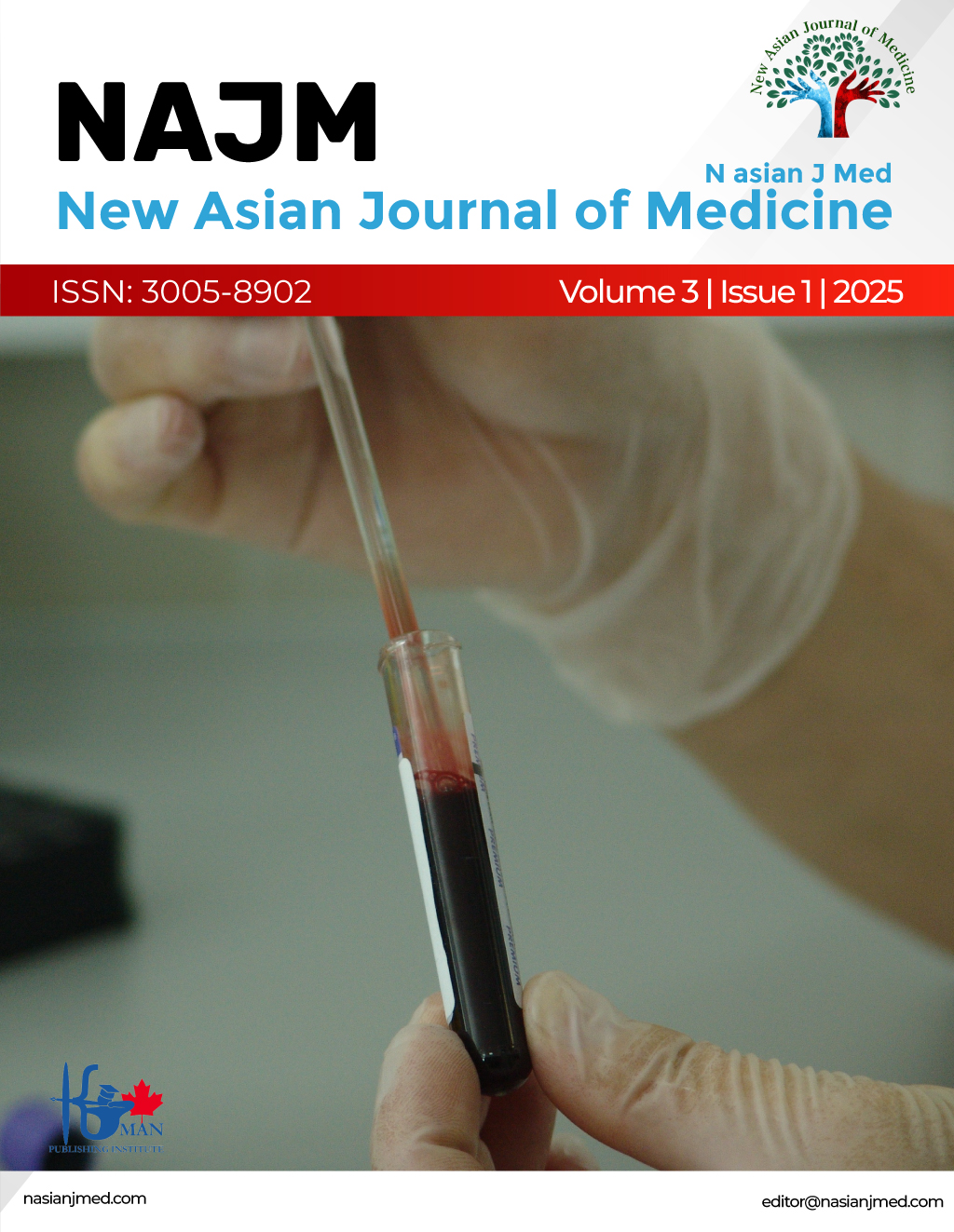Quadriceps and Hamstring Strength Recovery Following Different Anterior cruciate ligament (ACL) Reconstruction Techniques: A Scoping Review of Graft Choices and Rehabilitation Protocols
DOI:
https://doi.org/10.61838/Keywords:
Biomechanics; dynamometry; exercise therapy; isokinetic testing; joint instability; muscle strength dynamometer; treatment outcomeAbstract
Background: Although there has been extensive research on anterior cruciate ligament reconstruction (ACLR) outcomes, a comprehensive synthesis of strength recovery and functional performance across different graft choices and rehabilitation protocols is still lacking. Objective: To systematically analyze quadriceps and hamstring strength recovery and functional performance outcomes following different ACLR graft choices (hamstring tendon [HT], quadriceps tendon [QT], bone-patellar tendon-bone [BPTB], anterior tibialis tendon [ATT]) and rehabilitation protocols. Methods: Following PRISMA-ScR guidelines, systematic searches were conducted across MEDLINE, Embase, Web of Science, SPORTDiscus, and Cochrane databases (January 2017-December 2024). Twenty-eight studies met inclusion criteria, examining strength outcomes in adult patients after primary ACLR using HT, QT, BPTB, or ATT grafts. Results: Our review revealed that isokinetic dynamometry was the primary assessment method in 82.14% of studies, with testing most frequently performed at 60°/s (46.15%), 180°/s (21.15%), and 240°/s (17.31%). HT autografts were most commonly utilized (47.92%), followed by QT (14.58%), BPTB (12.50%), and ATT (4.17%). At seven months post-ACLR, no surgical group achieved the clinical benchmark of 90% limb symmetry index (LSI) for quadriceps strength. HT recipients demonstrated greater hamstring deficits, while QT and BPTB recipients showed more pronounced quadriceps weakness. Combined eccentric-plyometric training produced superior strength gains compared to either modality alone during early rehabilitation (p<0.05). Single-leg hop testing revealed comparable performance between HT and QT recipients, though both groups showed significant deficits versus controls (p<0.01). Conclusion: Different ACLR graft choices demonstrate distinct strength recovery patterns. Combined rehabilitation protocols incorporating progressive strength training and neuromuscular exercises optimize outcomes. Return-to-sport decisions should consider multiple objective criteria including strength symmetry (LSI>90%) and functional performance rather than time alone. Future research should establish comprehensive, evidence-based return-to-sport testing protocols for minimizing reinjury risk.
Downloads
Published
Issue
Section
License
Copyright (c) 2025 Wiem Issaoui, Wissem Dhahbi, Ismail Dergaa, Hatem Ghouili, Mourad Ghrairi, Wassim Moualla (Author)

This work is licensed under a Creative Commons Attribution-NonCommercial 4.0 International License.






